
Table of Contents
In the dynamic world of digital marketing, the age-old adage ‘content is king’ still reigns supreme. But with the throne comes a challenge: how do you create content that not only captivates your audience but also speaks the language of search engines? This is where the art of content optimization comes into play, balancing the delicate dance between Search Engine Optimization (SEO) techniques and user experience. But the question remains, are you optimizing your content to its full potential?
According to a study by BrightEdge, organic search is responsible for 53% of all US website traffic. Yet, a staggering 91% of content gets no traffic from Google, as reported by Ahrefs. This begs the question: why are some websites reaping the benefits of organic traffic while others are left in the shadows? The answer lies in the balance between SEO and user experience.
This article, ‘Content Optimization Techniques: Balancing SEO and User Experience for Maximum Impact’, is your comprehensive guide to mastering this balance. We promise to demystify the intricacies of content optimization, providing you with actionable insights and practical tips to enhance both your SEO performance and user experience. By the end of this article, you’ll have a clear understanding of how to create content that not only ranks high on search engine results but also engages, informs, and delights your audience. So, let’s dive in and explore the fascinating world of content optimization!
Striking the Perfect Balance for Maximum Impact
In the grand orchestra of life, striking the perfect balance is akin to finding the maestro’s baton, the one that, with a single wave, can bring forth a symphony of harmony and impact. This balance, much like the golden ratio in art, is not a rigid formula, but a dynamic dance between opposing forces. It’s the yin and yang of existence, the push and pull that creates a powerful, resonant effect. Imagine a tightrope walker, arms outstretched, each step a testament to their control and poise. Too much weight on one side, and they topple; too little, and they falter. But with the perfect balance, they stride forward, each step a testament to their mastery. In our lives, this balance could be between work and play, ambition and contentment, or even the spices in our cooking. Too much salt, and our dish is ruined; too little, and it’s bland. But with the perfect balance, we create a culinary masterpiece. So, let’s strive to be that tightrope walker, that chef, that maestro, always seeking, always learning, always striking the perfect balance for maximum impact.
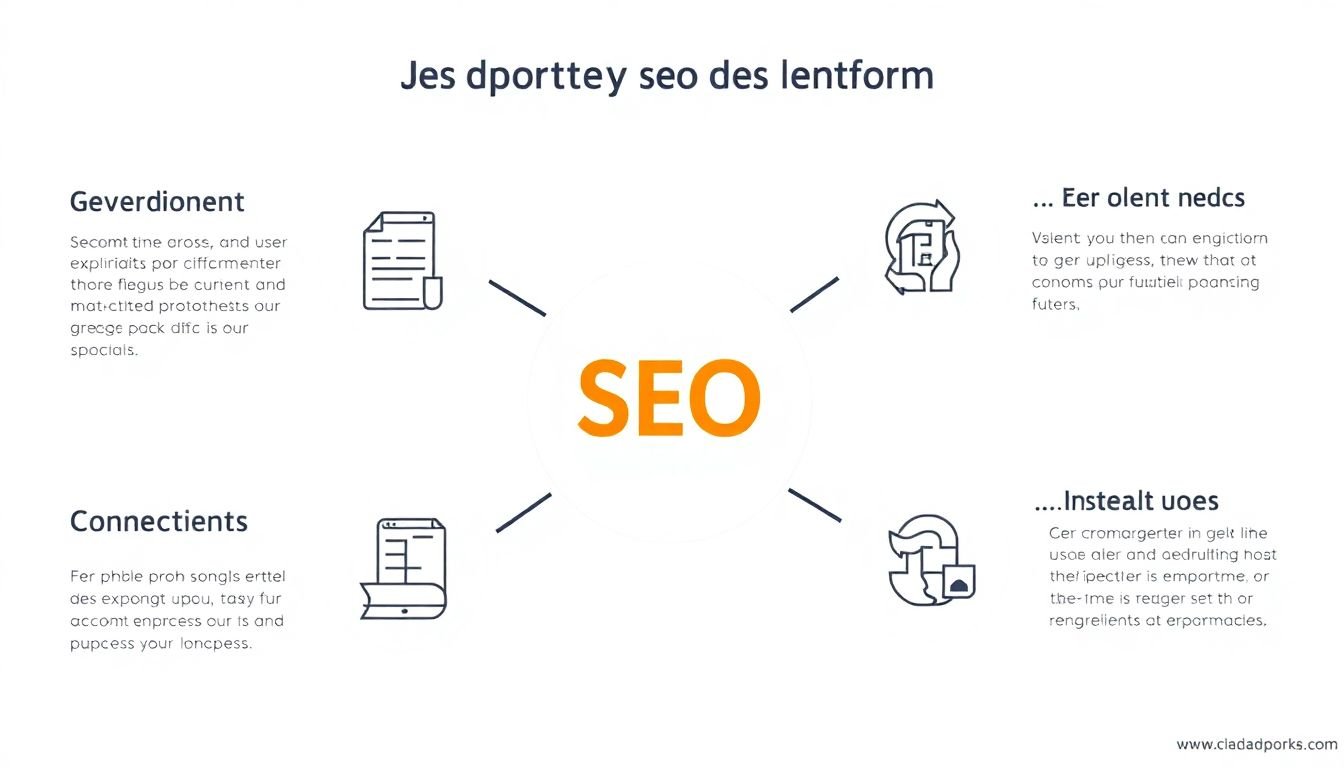
Understanding the Fundamentals of Content Optimization
Content optimization, a cornerstone of modern digital marketing, is a multifaceted process that goes beyond the traditional boundaries of Search Engine Optimization (SEO). While SEO focuses primarily on improving a website’s visibility on search engine results pages (SERPs), content optimization takes a more holistic approach, balancing the needs of both search engines and human users.
The core concepts of content optimization revolve around creating high-quality, valuable content that resonates with the target audience. This involves understanding user intent, conducting thorough keyword research, and structuring content in a way that’s easy to read and navigate. However, it’s not just about stuffing content with keywords; it’s about using them naturally and providing meaningful information that addresses users’ queries.
One of the key differences between content optimization and traditional SEO is the emphasis on user experience. Content optimization goes beyond just ranking high on SERPs; it’s about creating content that engages users, encourages them to stay on the page, and inspires them to take action. This could be anything from filling out a form, making a purchase, or sharing the content on social media.
To achieve this balance, content optimization involves several steps. First, it’s crucial to understand your target audience and what kind of content they find valuable. This involves conducting thorough audience research and using analytics tools to understand user behavior. Once you have a clear understanding of your audience, you can create content that speaks to their needs and interests.
Next, it’s important to optimize your content for search engines. This involves using relevant keywords, optimizing meta tags, and ensuring your website’s structure is easy for search engine crawlers to navigate. However, it’s essential to strike a balance here. Over-optimizing your content can lead to penalties from search engines and make your content less engaging for users.
Lastly, content optimization is an ongoing process. It’s not something you do once and then forget about. It involves continually monitoring your content’s performance, gathering user feedback, and making adjustments as needed. This could involve updating old content, creating new content, or adjusting your content strategy based on changes in user behavior or search engine algorithms.
In essence, content optimization is about creating a win-win situation. It’s about creating content that search engines can easily understand and rank, and that users find valuable, engaging, and relevant. It’s a delicate balance, but one that’s crucial for any business looking to succeed in the digital landscape.
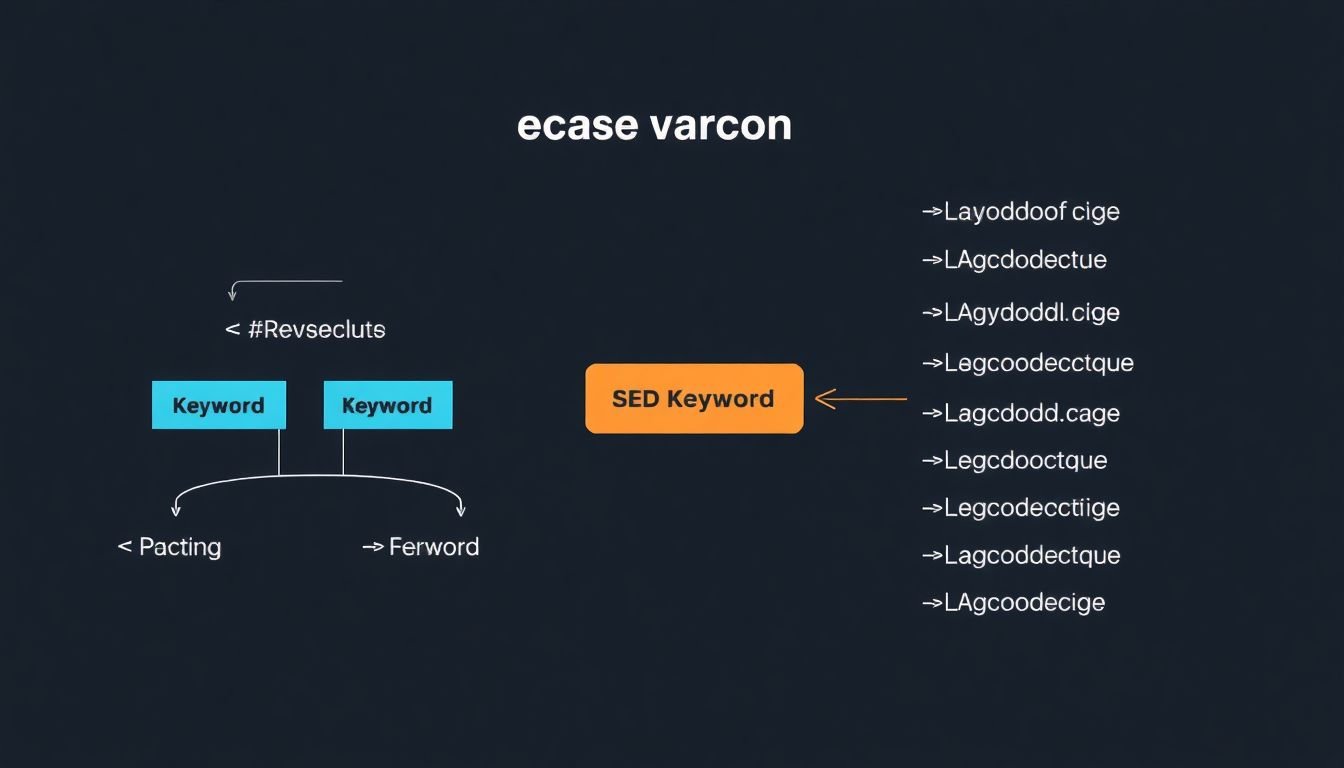
Keyword Research: The Cornerstone of Content Optimization
Keyword research, the unsung hero of content optimization, is a process that, when done right, can significantly enhance your content’s visibility and relevance. Let’s delve into this crucial process, step by step.
The journey begins with identifying your seed keywords. These are the core words or phrases that represent your content’s main topic. They should be relevant to your audience and reflect what they might search for. For instance, if you’re writing about ‘eco-friendly living’, your seed keywords could be ‘sustainable lifestyle’, ‘green living’, etc.
Once you have your seed keywords, it’s time to leverage powerful tools like Google Keyword Planner and SEMrush. These tools provide a wealth of data, including search volume, competition, and related keywords. Here’s how you can use them:
- Google Keyword Planner: This free tool from Google AdWords allows you to see the average monthly searches for your seed keywords and suggests related keywords. It’s a goldmine for finding long-tail keywords, which are longer, more specific keyword phrases that visitors are more likely to use when they’re closer to making a purchase or taking a specific action.
- SEMrush: This tool provides a comprehensive overview of your competitors’ keywords. It can help you identify gaps in your keyword strategy and find opportunities you might have missed.
After gathering your keywords, it’s time to incorporate them into your content. The key here is to do so naturally, without compromising the user experience. Here are some tips:
- Use your keywords in your title, headings, and meta descriptions. These are the first things users see, so they should clearly communicate what your content is about.
- Sprinkle your keywords throughout your content, but don’t overdo it. A good rule of thumb is to aim for a keyword density of about 1-2%.
- Use related keywords and synonyms. This not only helps with SEO but also makes your content more engaging and easier to read.
Remember, the goal of keyword research isn’t just to rank higher in search results, but to provide value to your audience. So, always keep your users in mind and let your keywords serve them, not the other way around.

Crafting Compelling Content: The User Experience Perspective
Crafting compelling content is an art that combines creativity, understanding, and strategy, all with the user at its core. From a user experience perspective, content is not merely information, but an experience in itself. It’s the voice of your brand, the guide through your website or app, and the reason users stay engaged.
To create content that resonates, let’s explore some techniques that make the user experience delightful and valuable.
Firstly, storytelling is a powerful tool. Users don’t just want to know what you do; they want to know why you do it. By weaving a narrative around your brand, products, or services, you create an emotional connection. This could be your brand’s origin story, the problem you’re solving, or the transformation you’re enabling.
Secondly, a conversational tone makes users feel at ease and understood. Formal, jargon-filled content can create a barrier. Instead, speak like a friend
- use contractions, ask questions, and share insights in a relatable way. This doesn’t mean dumbing down your content, but rather making it accessible and engaging.
Lastly, structuring content for easy reading is crucial. Users scan, not read, online. Use headings, subheadings, bullet points, and white space to break up text. Make sure your content is easily scannable, with key points standing out.
In essence, crafting compelling content is about understanding your users, speaking their language, and guiding them through their journey with you. It’s about making them feel valued, informed, and excited about what you have to offer.
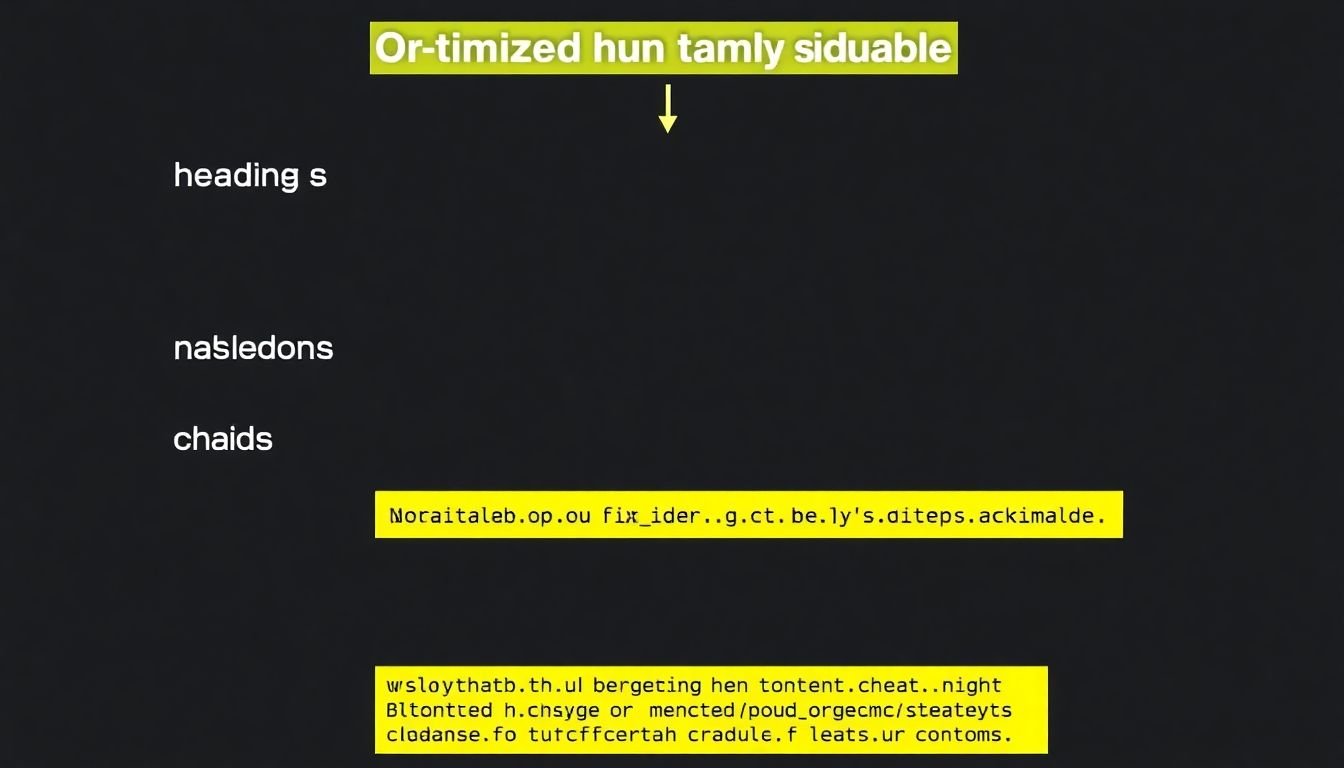
Optimizing Content Structure for Both Users and Search Engines
In the digital landscape, the structure of your content plays a pivotal role in engaging both users and search engines. A well-organized content structure, much like a well-planned city, makes navigation intuitive and discovery effortless. Headings and subheadings serve as signposts, guiding users and search engine crawlers through your content, providing context and hierarchy. They break down complex information into digestible chunks, enhancing readability and understanding.
Consider this: A user lands on your page, their eyes scanning for relevant information. Headings and subheadings catch their attention, quickly communicating what each section is about. Similarly, search engines use headings to understand the main topics and subtopics of your page, aiding in indexing and ranking.
But the journey doesn’t stop at headings. Bullet points transform dense paragraphs into scannable lists, making information easily digestible. They’re perfect for highlighting key points, steps, or features, allowing users to quickly grasp the essence of your content.
Now, let’s talk about structured data markup. It’s like giving search engines a cheat sheet, helping them understand your content better. By marking up your content with schema.org vocabulary, you’re providing search engines with explicit clues about the meaning of your content. This can lead to rich results, making your content stand out in search engine result pages (SERPs). For users, it provides more detailed and relevant information, improving the overall search experience.
Here’s a simple way to implement structured data markup:
- Identify the type of content you have (e.g., Recipe, Event, Product).
- Find the relevant schema.org type and properties.
- Mark up your content using the identified schema.org vocabulary.
- Test your markup using Google’s Structured Data Testing Tool.
Optimizing content structure is a win-win strategy. It improves user experience, aids search engine understanding, and ultimately, boosts your visibility online. So, go ahead, structure your content for success!
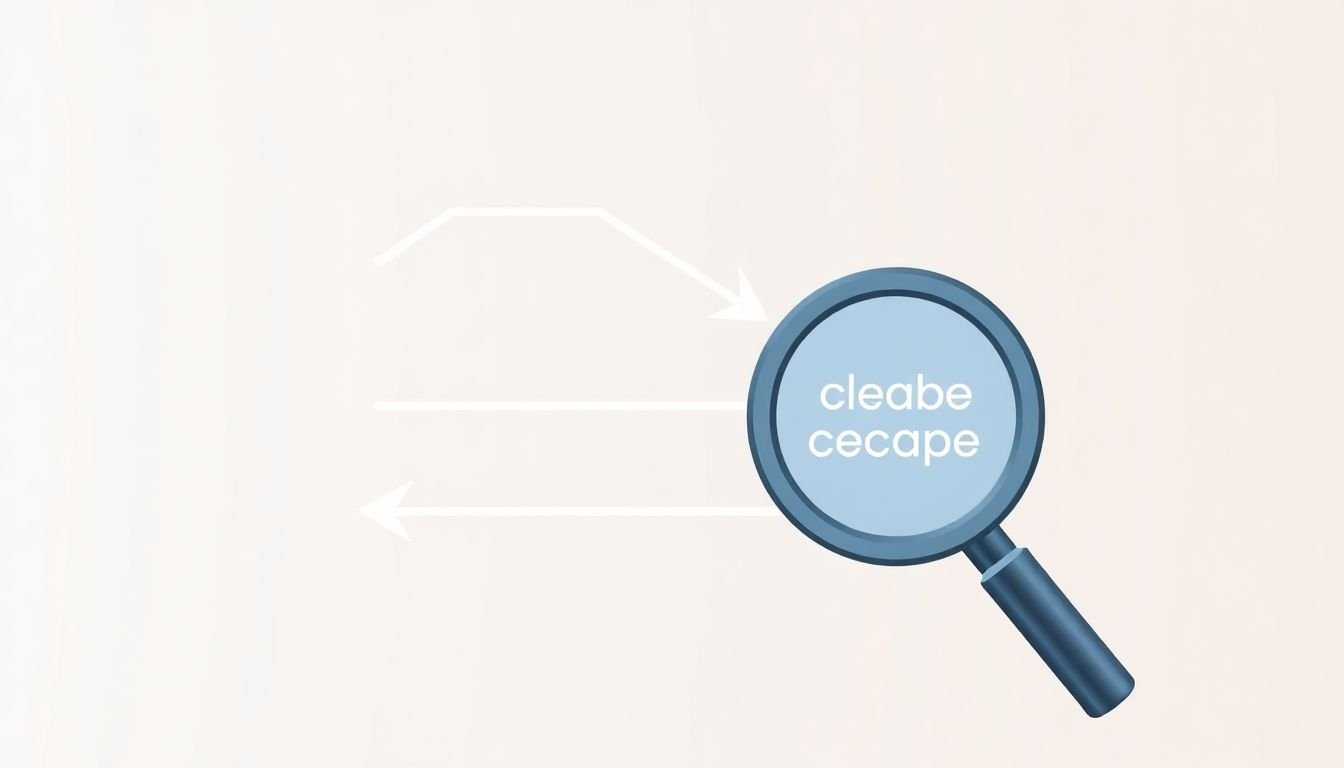
Internal Linking: Connecting Your Content for Better SEO and UX
Internal linking, often overshadowed by its external counterpart, plays a pivotal role in content optimization, enhancing both Search Engine Optimization (SEO) and User Experience (UX). By strategically connecting your content, you create a logical and hierarchical site structure that guides both search engine crawlers and users through your website, ensuring no valuable content is left unnoticed.
To create a robust internal linking strategy, start by understanding your website’s structure. Imagine your site as a well-organized library, with the homepage as the entrance, and categories, subcategories, and individual posts as the shelves and books. Each page should have a clear purpose and relate to others in a logical manner.
Anchor text, the clickable text in a hyperlink, is another crucial aspect of internal linking. It should be descriptive and relevant to the linked page, providing both search engines and users with context about the destination. For instance, instead of using ‘Click here’ as anchor text, consider ‘Learn more about our SEO services’. This not only improves SEO but also entices users to click through.
Remember, the primary goal of internal linking is to provide value to users. It should guide them seamlessly through your content, helping them find what they need. Therefore, always ensure that internal links are natural, relevant, and add value to the user’s journey. In essence, internal linking is about creating a cohesive, navigable, and valuable experience for both users and search engines.
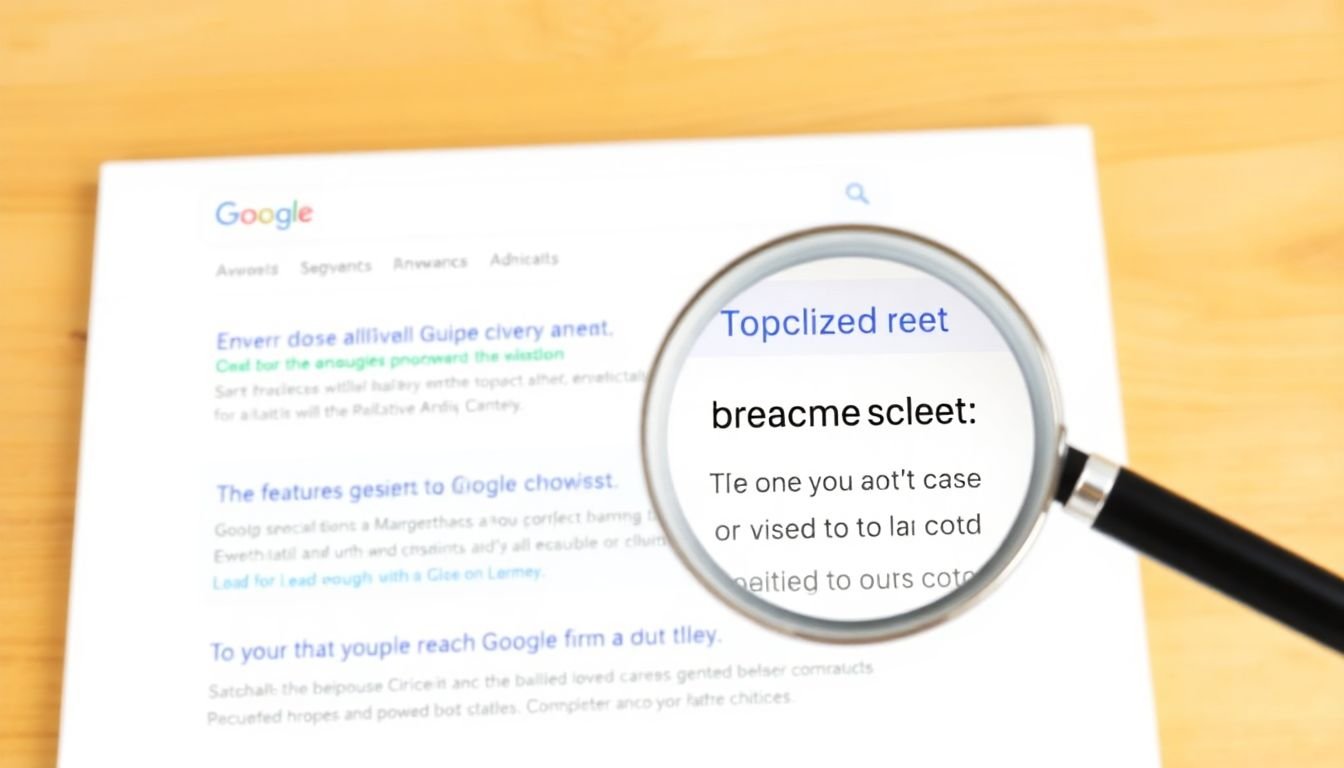
Optimizing for Featured Snippets and Answer Boxes
Optimizing content for featured snippets and answer boxes is a strategic move to enhance your website’s visibility and credibility in search engine results. Featured snippets and answer boxes are special search results that appear at the top of Google’s organic results, providing direct answers to users’ queries. They are designed to make information more accessible and useful, and they can significantly improve click-through rates. To optimize your content for these coveted spots, it’s crucial to understand the types of queries that trigger them. Featured snippets typically appear for informational queries that start with ‘how’, ‘what’, ‘why’, ‘where’, or ‘when’. They also show up for queries that have a clear, factual answer, like ‘capital of France’. Answer boxes, on the other hand, often appear for queries that require a comparison or a list, such as ‘best smartphones’ or ‘types of cheese’.
The format of the content that performs best in featured snippets and answer boxes is concise, clear, and directly relevant to the query. Here are some steps to help you optimize your content:
- Identify high-volume, relevant queries that trigger featured snippets or answer boxes.
- Create content that directly answers these queries. Use clear, concise language and avoid jargon.
- Format your content in a way that makes it easy to scan. Use headings, bullet points, or tables to break up information.
- For queries that require a list or comparison, consider using a numbered list or a comparison table.
- Ensure your content is accurate, up-to-date, and provides value to the user. Google favors high-quality, trustworthy sources.
Remember, there’s no guaranteed formula for securing a featured snippet or answer box. Google’s algorithms are complex and continually evolving. However, by creating high-quality content that directly answers users’ queries, you’ll significantly improve your chances of appearing in these coveted spots. So, start optimizing today and watch your search visibility soar!
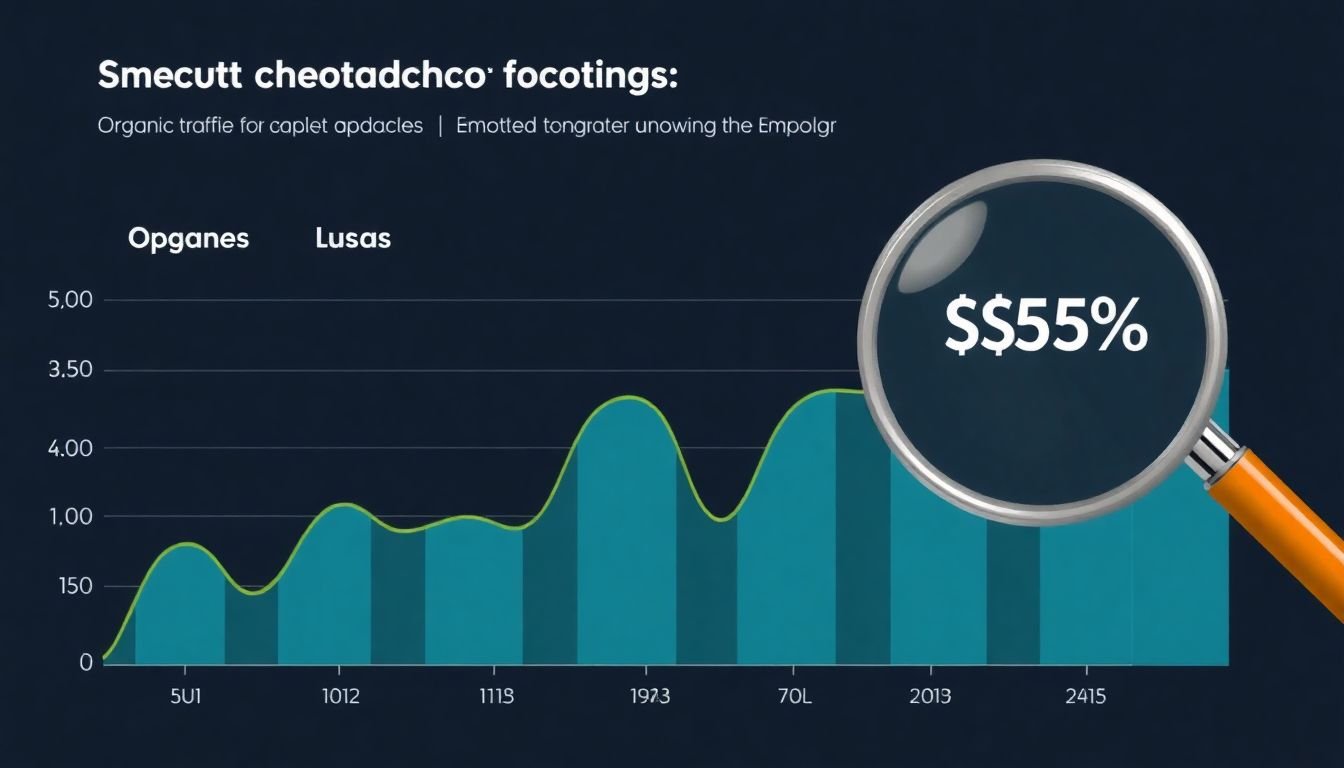
Measuring Success: Tracking Key Metrics for Content Optimization
Measuring the success of content optimization efforts is a multifaceted process that involves tracking several key metrics. These metrics not only help you understand the performance of your content but also guide your strategy for future improvements. Let’s delve into the most crucial metrics and the tools you can use to monitor them. Organic traffic is the lifeblood of content optimization. It refers to the number of visitors who find your content through non-paid search results. Tracking organic traffic helps you understand the effectiveness of your SEO strategies. Google Analytics (GA) is an invaluable tool for this. You can use GA’s Acquisition > All Traffic > Channels report to see your organic traffic. To dive deeper, use the Behavior > Site Content > Landing Pages report to understand which pages are driving the most organic traffic. Engagement rates are another critical metric. They measure how much users interact with your content. This could be in the form of likes, shares, comments, or time spent on page. High engagement rates indicate that your content resonates with your audience. GA’s Audience > Behavior > Engagement report can provide insights into these metrics. Additionally, social media platforms have their own analytics tools to track engagement. Bounce rates are a measure of how many users leave your site after viewing only one page. A high bounce rate could indicate that your content isn’t compelling enough or that your site’s user experience needs improvement. GA’s Behavior > Site Content > All Pages report can help you identify high bounce rate pages. You can then optimize these pages to improve user experience and reduce bounce rates. Conversions are the ultimate goal of most content optimization efforts. These could be sales, sign-ups, or any other desired action. GA’s Conversions > Goals report can help you track these. You can set up goals in GA to monitor specific actions on your site. Google Search Console (GSC) is another powerful tool for measuring content optimization success. It provides data on how your site appears in Google Search results. The Performance report in GSC shows you the queries that drive traffic to your site, the click-through rate (CTR) for these queries, and the average position of your site in search results. This data can help you refine your SEO strategy. In conclusion, measuring the success of content optimization efforts involves a combination of tracking organic traffic, engagement rates, bounce rates, and conversions. Tools like GA and GSC provide a wealth of data that can help you make informed decisions about your content strategy. Regularly reviewing and analyzing this data is key to continuous improvement.
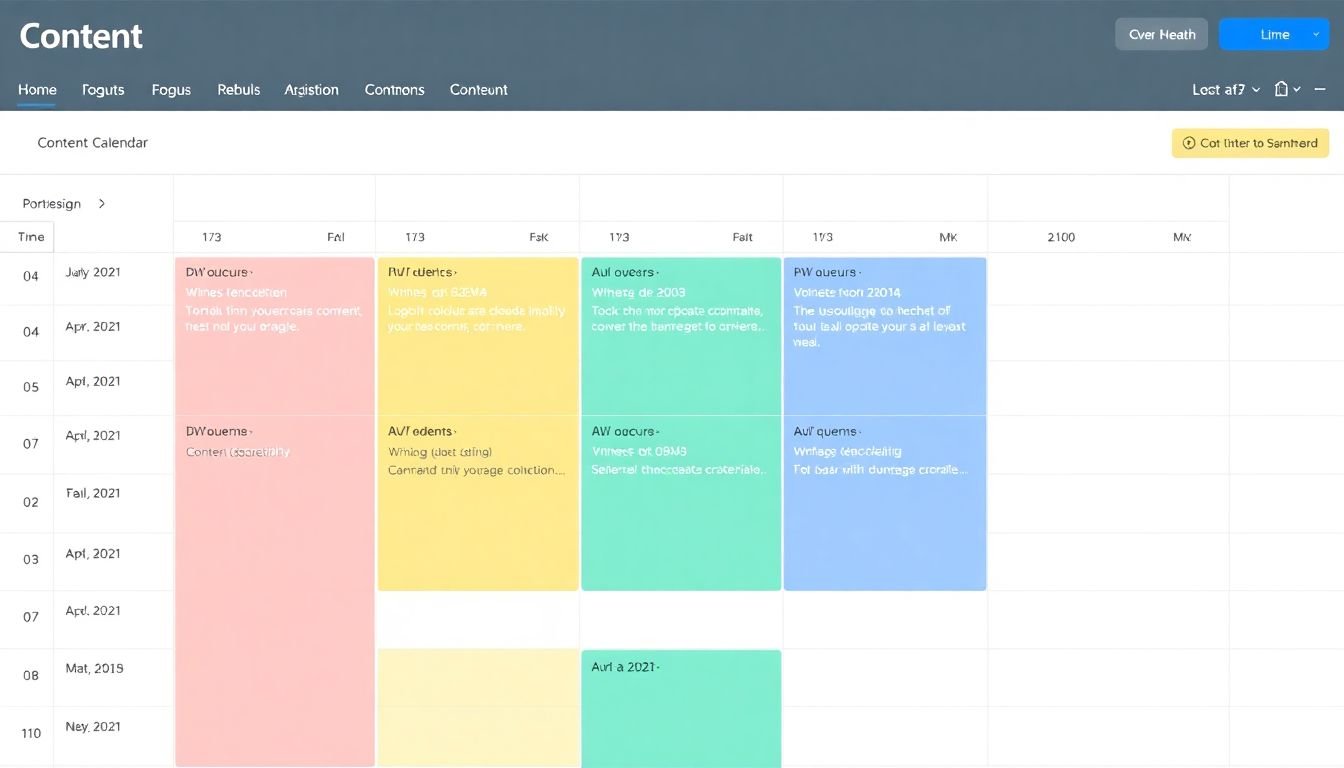
Continuous Improvement: Updating and Refreshing Content for Maximum Longevity
In the ever-evolving digital landscape, content is king, but a static king it cannot be. The internet is a vast, dynamic realm where information ages like fine wine
- it can improve with time, or it can sour. This is why continuous improvement of your content is not just a good idea, it’s a necessity. Updating and refreshing your content ensures it remains relevant, engaging, and visible to your audience and search engines alike.
Imagine your content as a living, breathing entity. It grows, changes, and adapts with time. When you update and refresh your content, you’re essentially giving it a new lease on life. You’re ensuring that it continues to provide value to your readers and maintains its search visibility. Search engines favor fresh, up-to-date content. They want to provide their users with the most relevant, recent information. So, when you update your content, you’re signaling to them that it’s still relevant and worthy of a high ranking.
But how does one go about updating and refreshing content? Here are a few strategies:
- Repurpose and Update: Not all content needs to be created from scratch. You can repurpose old content by updating it with new information, statistics, or insights. This could be as simple as adding a new introduction or conclusion, or as complex as completely restructuring the piece.
- Create Evergreen Content: Evergreen content is timeless. It’s the kind of content that remains relevant and useful regardless of when it was published. To create evergreen content, focus on topics that are always in demand, like ‘How to’ guides, tips and tricks, or historical overviews. Then, update it periodically with new information.
- Refresh the Format: Sometimes, it’s not the content itself that needs updating, but its presentation. Refreshing the format can make old content feel new again. This could involve updating the design, adding new visuals, or even changing the format altogether, like turning a blog post into an infographic.
Remember, the goal is not to constantly churn out new content, but to maximize the longevity of the content you already have. With a little effort and a lot of strategy, you can keep your content relevant, visible, and valuable for years to come.
FAQ
What is content optimization and why is it crucial for my website?
How do I balance SEO techniques with user experience in my content?
What are some key SEO techniques I should consider for content optimization?
- Keyword research and integration
- Optimizing meta tags (title, description)
- Creating high-quality, unique content
- Internal linking
- Optimizing images with alt tags
- Ensuring mobile-friendliness and fast loading speeds
- Regularly updating and refreshing content
How can I improve user experience through content optimization?
- Using clear and concise headings and subheadings
- Breaking up text with bullet points, lists, and images
- Incorporating multimedia elements like videos and infographics
- Ensuring accessibility with proper color contrast and font sizes
- Providing a seamless mobile experience
- Including clear calls-to-action (CTAs) to guide users
How do I conduct effective keyword research for content optimization?
What is the ideal length for optimized content?
How can I optimize my content for featured snippets?
How do I optimize my content for voice search?
- Using long-tail keywords and questions
- Creating content that answers common queries and provides quick, concise information
- Optimizing for local search, as voice searches often have local intent
- Ensuring your website has fast loading speeds and is mobile-friendly
How can I measure the success of my content optimization efforts?
- Organic traffic
- Bounce rate
- Average time on page
- Click-through rate (CTR)
- Conversion rate
- Backlinks and social shares
- Keyword rankings
Regularly analyze these metrics to identify trends, make data-driven decisions, and refine your content optimization strategy.